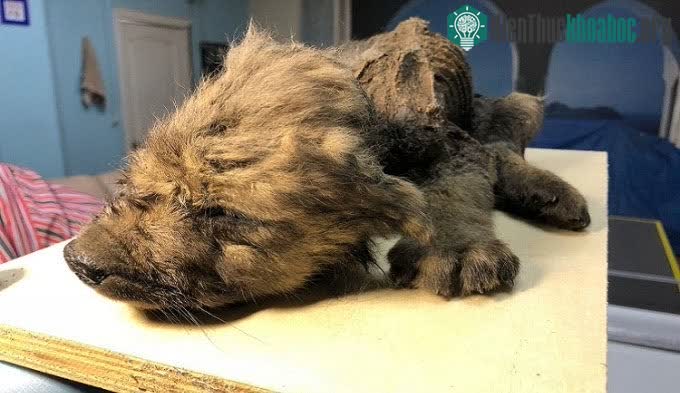An international team of geneticists, led by the Francis Crick Institute, has found that the dog’s ancestry may have come from at least two ancient wolf populations.

The team used samples taken from an 18,000-year-old young wolf mummy in Yakutia.
The team used samples taken from an 18,000-year-old young wolf mummy in Yakutia.
The research team used samples taken from the 18,000-year-old young wolf mummies in Yakutia. (Photo: Sergey Fedorov)
In the study, published June 29 in the journal Nature, scientists looked at the genomes of ancient wolves to better understand where the first dogs evolved. They analyzed 72 wolf genomes dating back to the last 100,000 years from Europe, Siberia and North America. The specimen in the study came from ancient wolves excavated previously. Archaeologists from 38 institutes in 16 different countries participated in the research. Among the specimens, the most notable is the fully preserved complete head of a Siberian wolf that lived 32,000 years ago. 9 AƊN laboratories collaborated to generate ĄDN sequence data from wolves.
Through genomic analysis, the team found that both ancient and modern dogs were genetically more like wolves in Asia than in Europe, indicating that they were domesticated in the East. However, they also found evidence of domestic dogs possessing DNA from two separate wolf populations. The first dogs from northeastern Europe, Siberia and America seem to have originated in the East. But the ancestors of dogs in the Middle East, Africa and southern Europe seem to be related to wolves in the Middle East.
One possible explanation for the double ancestry detection is that wolves undergo domestication more than once with different populations, then mix. Another possibility is that domestication occurred only once, and that the first dogs interbred with wild wolves, resulting in two ancestors.
“Through the project, we have significantly increased the number of genomes sequenced in ancient wolves, allowing us to create a detailed picture of the canine ancestry over time,” said Ąnders Bergström, researcher postdoctoral fellow at the Ancient Genomics Laboratory in Rick, said.
The team is continuing to search for more canine ancestors, which may reveal more precisely where the domestication process took place. Now, they’re focusing on genomes from other locations, including the southern region. Since the 72 ancient wolf genomes span about 30,000 generations, the team was able to construct a time frame that reflects how wolf DNA has changed and the role of natural selection.





